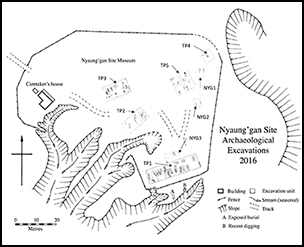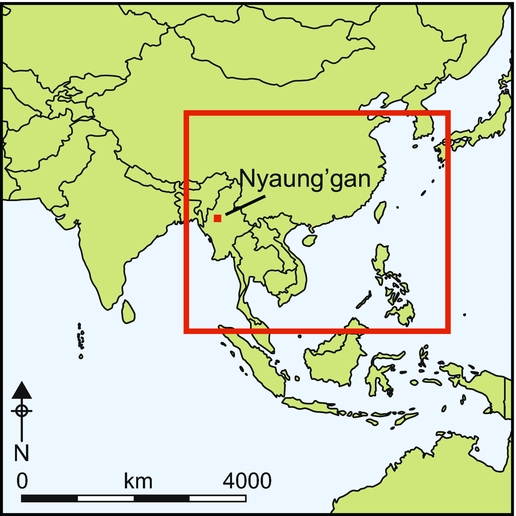
Introduction
Myanmar's location makes it pivotal to tracing cultural, genetic, linguistic and technological links between South, East and Southeast Asia. Investigations of its prehistory, however, are in their infancy, with virtually no sites investigated in the uppermost and lowermost thirds of the country. Even the more intensively studied central area lacks a coherent culture-historical sequence until the appearance of the Pyu city-states in the early centuries AD. Recent research in archaeology and related disciplines in Thailand and Vietnam has fundamentally advanced our understanding of the Neolithic and Bronze Age transitions in Mainland Southeast Asia, both of them thought to be linked to migrations and/or stimuli from present-day China. Of the approximately 2500km-long border between China and the continental Association of Southeast Asian Nations states (ASEAN), approximately 1600km is with Myanmar. Characterising Myanmar's Neolithic and Bronze Age periods may therefore offer important complementary information to that obtained from its eastern neighbours—perhaps identifying additional routes, timings and mechanisms of biological and/or cultural transmission. This paper lays out chronological building blocks from our investigation of two sites in central Myanmar: Nyaung'gan and Oakaie (Figure 1).
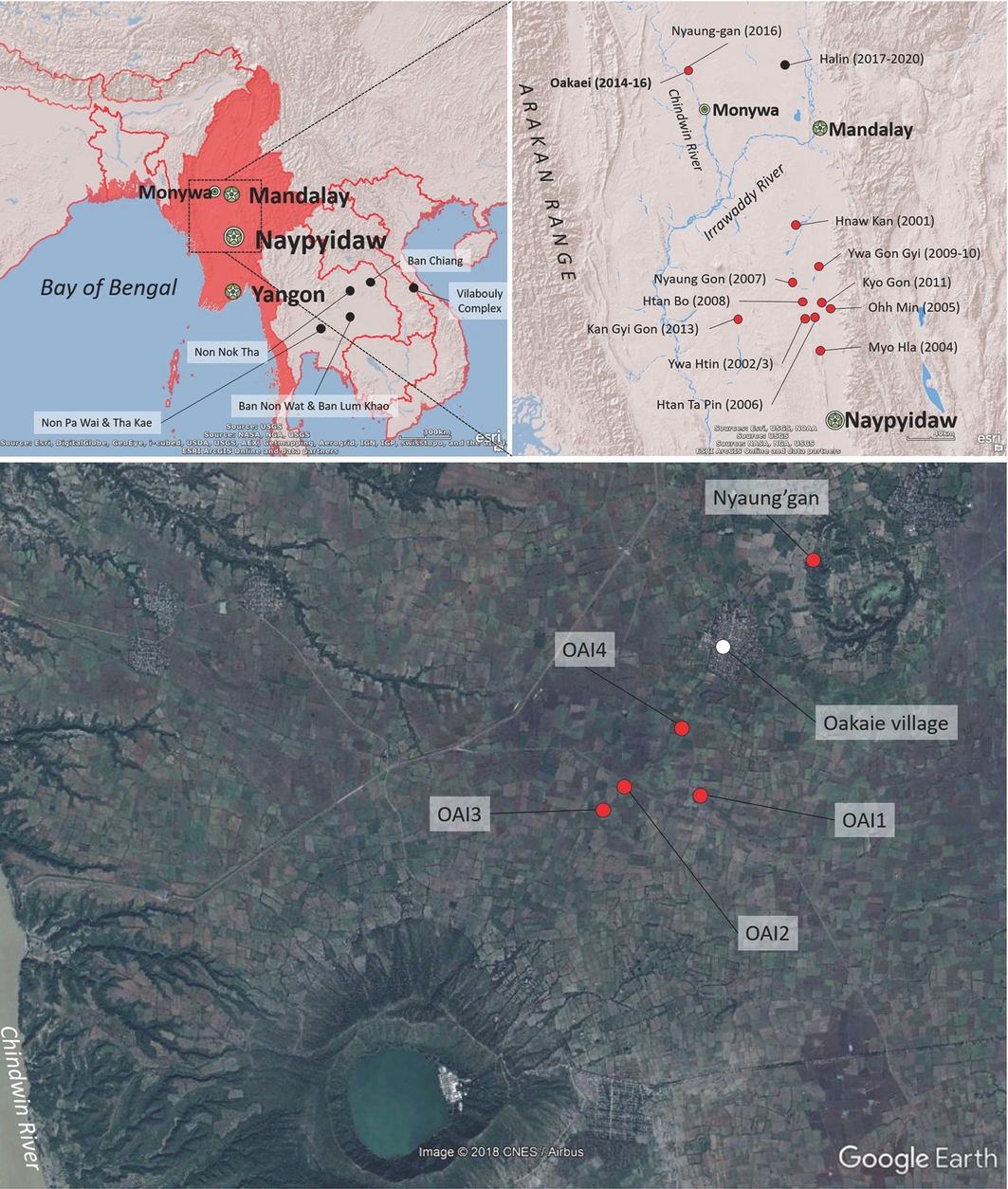
Figure 1. Top left and right: regions and sites mentioned in the text. Bottom: excavation locations at Oakaie and Nyaung'gan.
Since excavations of the cemetery at Nyaung'gan in 1998–1999, the site has been virtually synonymous with Myanmar's late prehistoric period. Relative dating of grave goods associated with the 43 excavated burials attributed the cemetery to the Bronze Age—the first site of this date to be found in Myanmar (Moore & Pauk Reference Moore and Pauk2001; Tayles et al. Reference Tayles, Donnett and Pauk2001). No charcoal was recovered, and the radiocarbon dating of human remains failed due to a lack of extractable collagen (using late 1990s techniques). The major aims of the Franco-Myanmar project were to provide an absolute chronology for Nyaung'gan and the surrounding area, and to contribute towards a national culture-historical framework and comparative bioarchaeological, material culture and environmental data for Thailand's and Vietnam's rich archaeological datasets, as well as those being developed in Cambodia and Laos. This paper addresses the first and essential issue—the chronology.
Archaeological sites
Nyaung'gan is located 10km north-east of the Chindwin River, on the edge of a Cenozoic volcanic crater (95.0600° east, 22.4110° north). The environment is semi-arid, averaging 675mm of rainfall per annum. Modern, active copper mines 30km to the south (Maung Maung Khin et al. Reference Khin, Nyo, Aung, Hla, Nyein, Thike, Nyo, Htay and Aye1970) were previously assumed relevant to Nyaung'gan's Bronze Age phase (Moore & Pauk Reference Moore and Pauk2001: 37–38) (Figure 1). The Franco-Myanmar project began by investigating the extensive ceramic and lithic surface scatters south of the modern village of Oakaie. Ten excavations at four different loci with a combined surface area of 348m² were conducted over three seasons. These revealed mortuary, occupation and industrial evidence.
The OAI1 cemetery was partially exposed during two contiguous excavations in 2014 (80m²) and 2015 (105m²). Forty single and six multiple burials of adults—both males and females—and sub-adults were cut into a sterile volcanic tuff at varying depths and at orientations that suggest at least two and possibly three phases of use (Figure 2). Funerary offerings included bivalve shells, pottery, stone beads and bracelets, bone bracelets, shell beads, spindle whorls, a cowrie shell and a dog burial. A single bronze axe was found in S15, an upper level burial. Due to complex grave intercutting, superpositioning and recent disturbance, it is currently impossible to attribute definitively OAI1 burials devoid of metal to the Bronze Age or preceding periods (cf. Pryce 2015). Twenty radiocarbon dates from OAI1 have been obtained from human bone, human tooth enamel and bivalve shell.
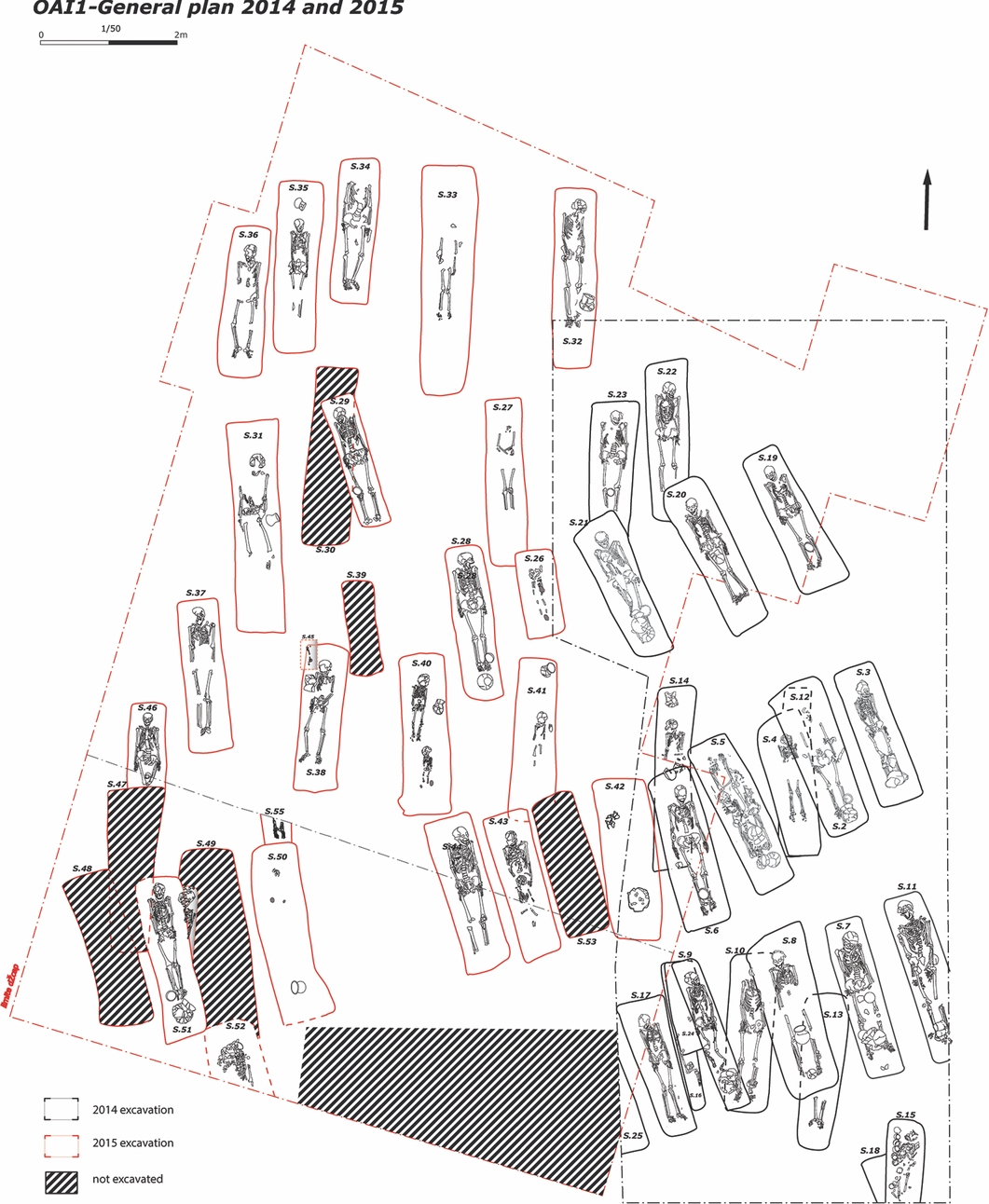
Figure 2. Plan of the 2014 and 2015 excavations at OAI1, including human remains in situ. Late season flooding prevented the excavation of six tombs (hashed).
OAI2 is a settlement area centred around 95.0420° east, 22.3905° north, approximately 750m west of OAI1. Excavation here aimed to provide a wide area perspective of habitation deposits containing domestic and industrial material culture. All five excavation squares, totalling 114m², revealed a dense, sherd-packed, 300–500mm-thick occupation deposit, representing two phases according to ceramic analysis. Postholes were numerous, as were lithic debitage and artefacts, animal bone and flecks of copper-base corrosion products. A single adult male inhumation was found, as well as seven under-floor infant jar burials, one of which contained two stone bracelets (Figure 3). Eight radiocarbon dates from OAI2 have been obtained from human bone, human tooth enamel and charcoal.
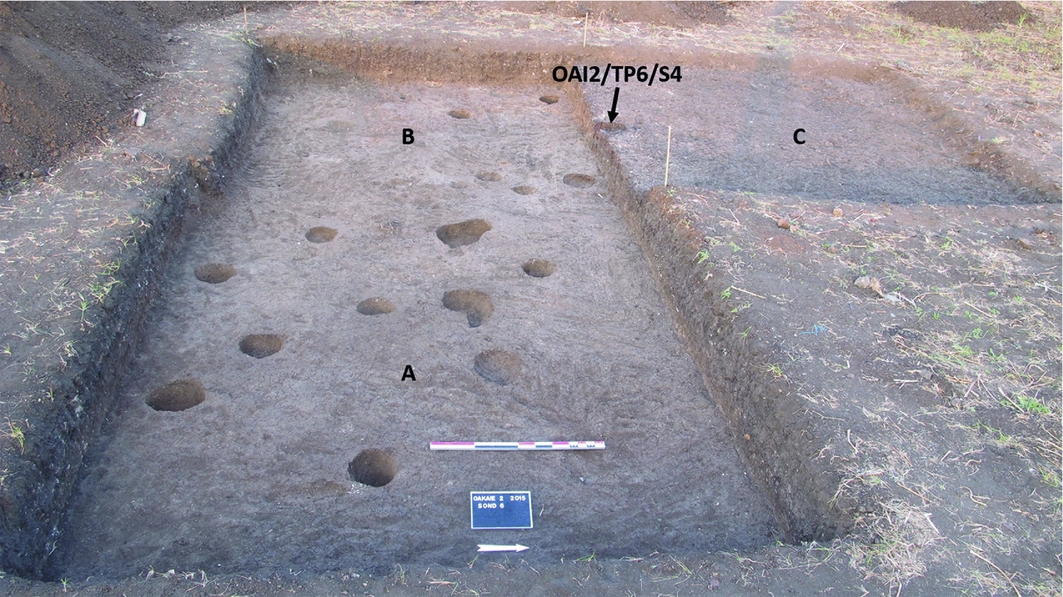
Figure 3. Neolithic/Bronze Age living surfaces at OAI2/TP6A-C, showing dense sherd-rich deposits, extensive postholes and sub-floor burials (e.g. OAI2/TP6/S4).
OAI3 is located approximately 200m south-west of OAI2, at 95.0403° east, 22.3893° north. The aim in excavating OAI3 in 2016 was to explore the sequence of occupation, as opposed to the horizontal variation identified at OAI2. Six cultural layers were found above the sterile layer at a depth of 2.1m (Figure 4). The first cultural layer below plough soil comprised a dark brown soil matrix with numerous postholes and large quantities of ceramics, lithics, animal bone, nine copper-base fragments and a single infant jar burial. The intact domestic deposits were extremely dense, representing floors or middens, and one feature had been heated sufficiently to cause some ceramics to deform. Lithics were present as finished and near-finished adzes, beads, bracelets, grindstones and hammer stones, as well as related debitage. A single bloated and vitrified copper-stained crucible fragment was found in the first layer (Pryce et al. Reference Pryce, Htwe, Georgakopoulou, Martin, Vega, Rehren, Win, Win, Petchey, Innanchai and Pradier2017). The third layer consisted of a lighter brown matrix that contained similar but fewer features and material than the second cultural layer, except for the complete absence of copper-base artefacts. The interface of the third and fourth layers consisted of a well-defined floor surface covered with horizontally aligned ceramic fragments. Beneath this was a 200–500mm-thick deposit with fewer artefacts and a near absence of lithic tools or debitage. The boundary between the fourth and fifth layers sloped to the south-east and was followed by 200–650mm of a dark brown matrix containing some ceramic fragments, but far fewer cut features than the second and third cultural layers. The sixth layer comprised a light-coloured, hard volcanic tuff, as per the sterile seventh layer, but containing very few ceramic sherds. Seven charcoal radiocarbon determinations were obtained from the upper metal-bearing phase, and eight from lower contexts devoid of metal artefacts.
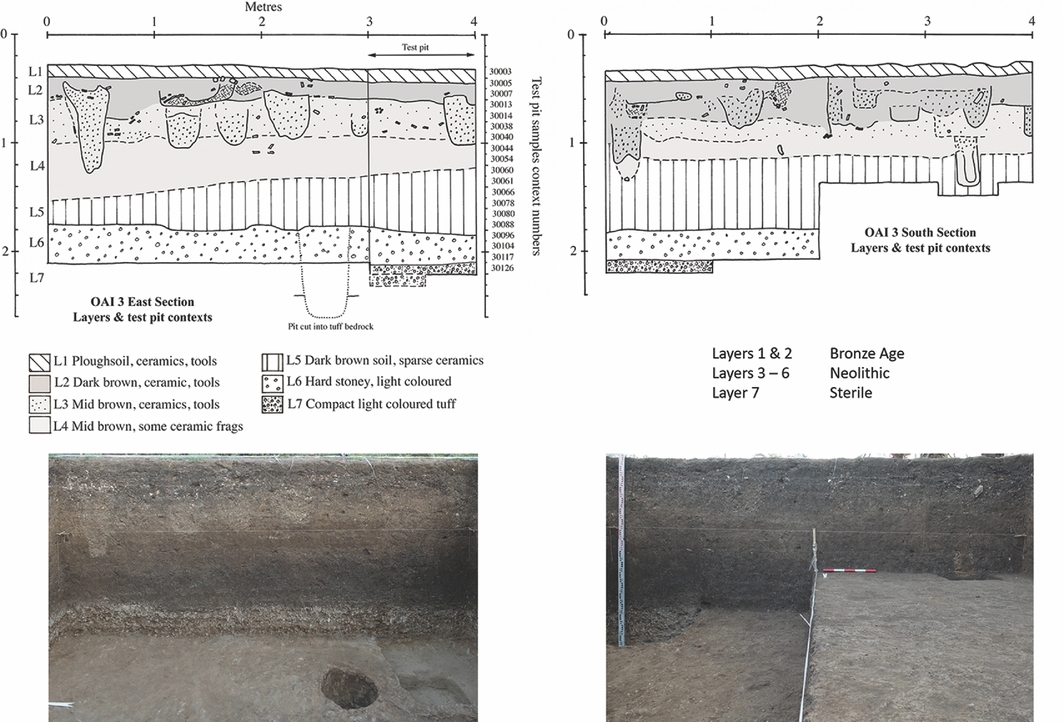
Figure 4. Eastern and southern sections of OAI3 showing cultural layers and features, including context numbers for the 1 × 1m² column.
OAI4 was a settlement and industrial site at 95.0465° east, 22.3955° north, approximately 950m north-east of OAI3. Excavation in 2016 revealed two cultural layers 700–850mm in depth. Compared to OAI3, the density of material was far lower than expected, given the plough soil rich in lithics, animal bone and ceramics. A sterile volcanic tuff was encountered at a depth of 850–1000mm. Further excavation 50m to the south-east encountered two undisturbed cultural deposits beneath the plough soil. The upper phase was 300mm-thick and the second, lighter in colour, was 600mm thick, with gravel inclusions. Both layers contained lithics (artefacts and production debris), animal bone and ceramics, the latter having morpho-stylistic differences between phases comparable to those at OAI2 and 3. Two charcoal radiocarbon determinations come from the upper phase and one from the lower phase.
We view the four excavated loci, OAI1–4, as components of one settlement. This is supported by an intensive systematic pedestrian survey of the type developed in the Eastern Mediterranean and Mesoamerica, and previously tested in Thailand (Banning Reference Banning2002; Bevan & Conolly Reference Bevan and Conolly2004; Pryce et al. Reference Pryce, Bevan, Ciarla, Rispoli, Malakie, Hassett and Castillo2011). Two square kilometres covering all four loci were walked with a spacing of 20m. All artefacts were recorded and collected every 10m, and subsequently assessed by the project's find specialists. The presence of prehistoric material decreased towards the east, but no significant attenuation was found to the north, south or west. Current data suggest the surface area of this late prehistoric site to be at least 1km², which is exceptionally large for Southeast Asia.
Nyaung'gan
As the 1998–1999 excavations at Nyaung'gan were intended to provide a site museum, the uppermost burials and their grave goods were partially exposed and then pedestalled for ease of viewing. This permitted wide exposure of the archaeology but limited diachronic perspective. Our 2016 excavations investigated the full time-depth of the cemetery, and recorded and removed each burial. Targeting the highest extant ground surface within the cemetery, a 4 × 4m square trench (NYG1) was placed between former trenches 4 and 5 (Figure 5). Two burials—S1 and 2—oriented north were found at a depth of 0.5m, accompanied by pottery vessels. Three layers could be distinguished stratigraphically, but due to the friable ashy fill, it was not possible to identify the grave cuts (Figure 6). A further 4 × 4m square (NYG2) was placed 12m to the south, in which three individuals were exposed (Figure 7). The first, S3a, was represented only by a skull and had disturbed S3b, a previous burial, immediately below. S3b was oriented north-north-west and was associated with a dog burial, and funerary deposits including a turtle, a bone bracelet, stone beads and pottery. The third burial, S4, was oriented north-west and also incorporated pottery grave goods. All burials were found approximately 0.8m below the current ground surface, but no grave cuts could be identified.
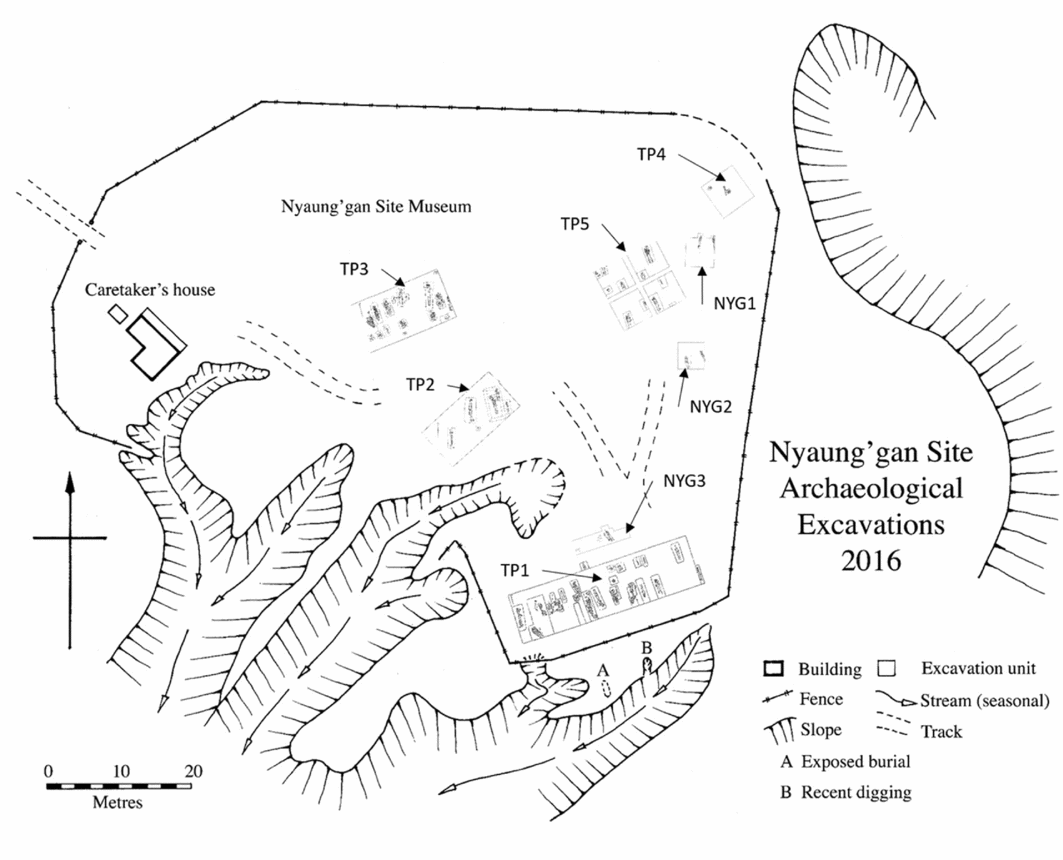
Figure 5. The 1998/1999 (TP1–5) and 2016 (NYG1–3) excavations at Nyaung'gan, including human remains indicated in their tombs.
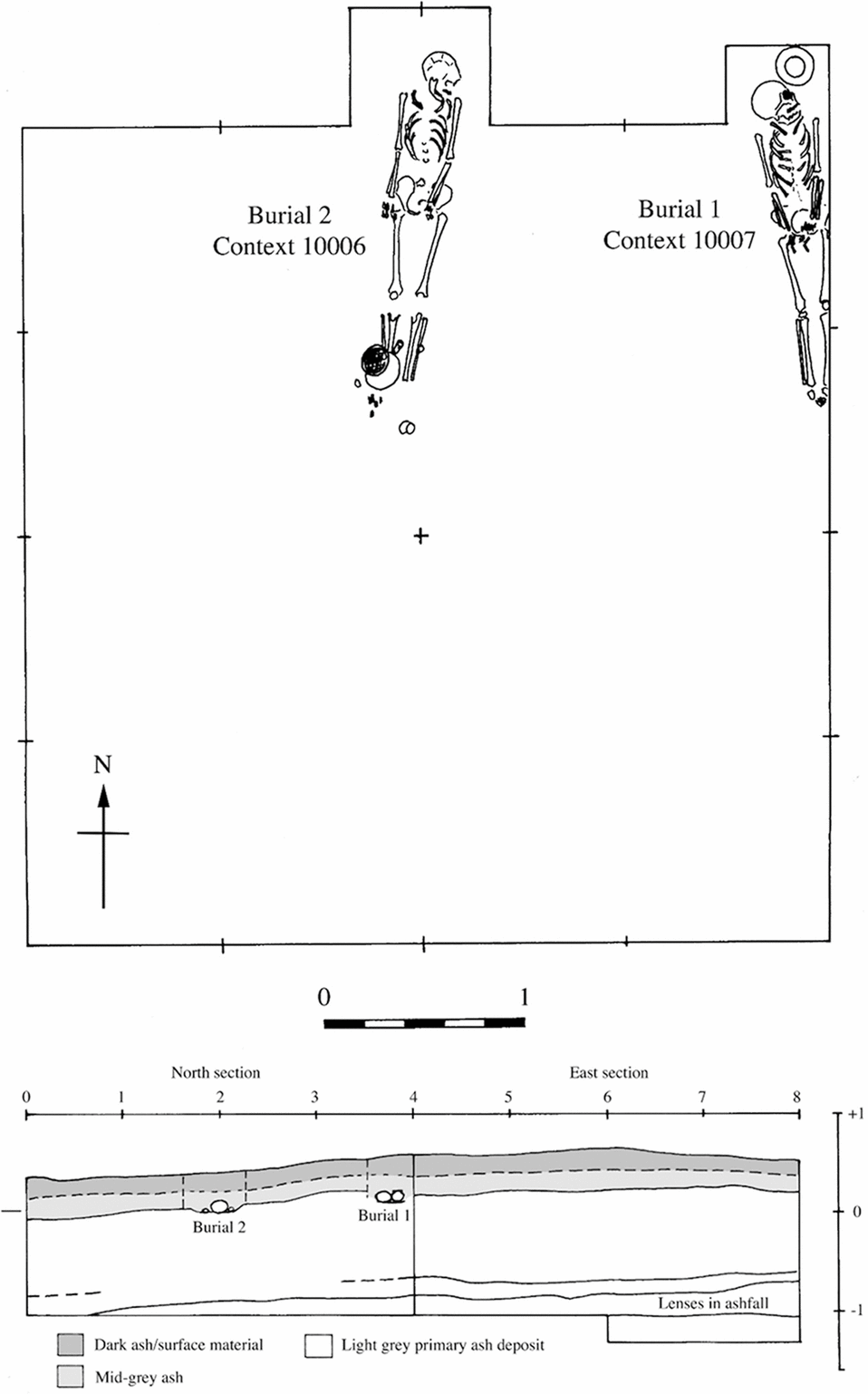
Figure 6. Plan and north and east sections of NYG1.
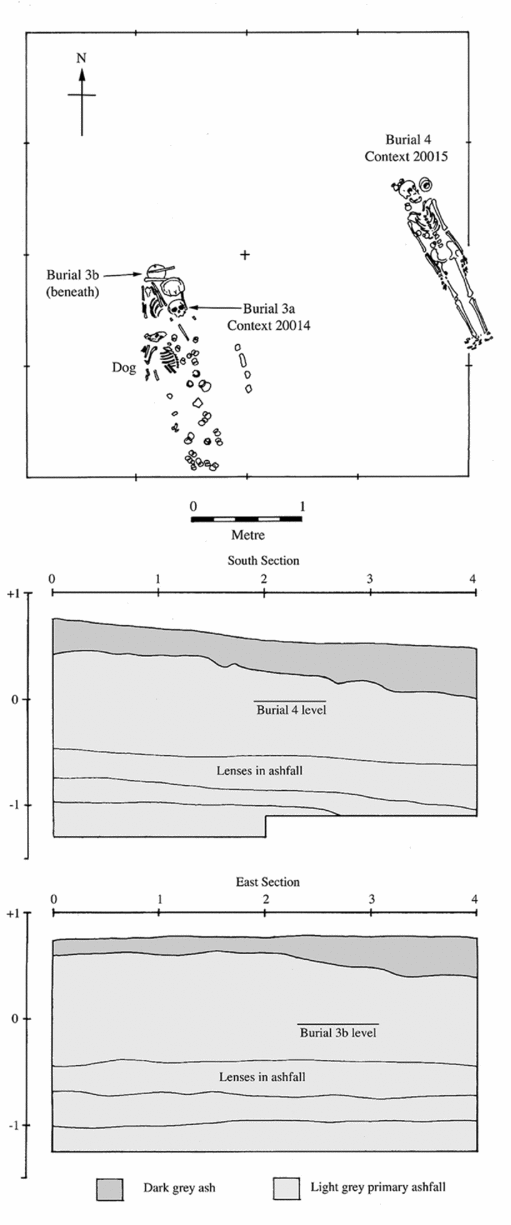
Figure 7. Plan and south and east sections of NYG2.
A final trench (NYG3) covering 2 × 11m was placed immediately adjacent to test pit 1 from 1998–1999, which had produced the majority of the copper-base artefacts. The upper layer, approximately 100mm thick, was highly disturbed and yielded a single leaded-copper arrowhead or spearhead. While its context is not secure, we have assumed, based on the absence of later period sites in the area, that it does relate to the Bronze Age cemetery (Pryce et al. Reference Pryce, Htwe, Georgakopoulou, Martin, Vega, Rehren, Win, Win, Petchey, Innanchai and Pradier2017). A highly disturbed burial—S5—was found in NYG3 just below the current ground surface in the western part of the excavation. Towards the centre, one individual—S6—was found at approximately 0.4m below the current ground surface, oriented north-west, and accompanied by pottery vessels, a cattle skull and ribs, and stone beads. The final individual—S7—oriented north-north-west, was uncovered below S6, and was accompanied by pottery vessels and stone beads (Figure 8).
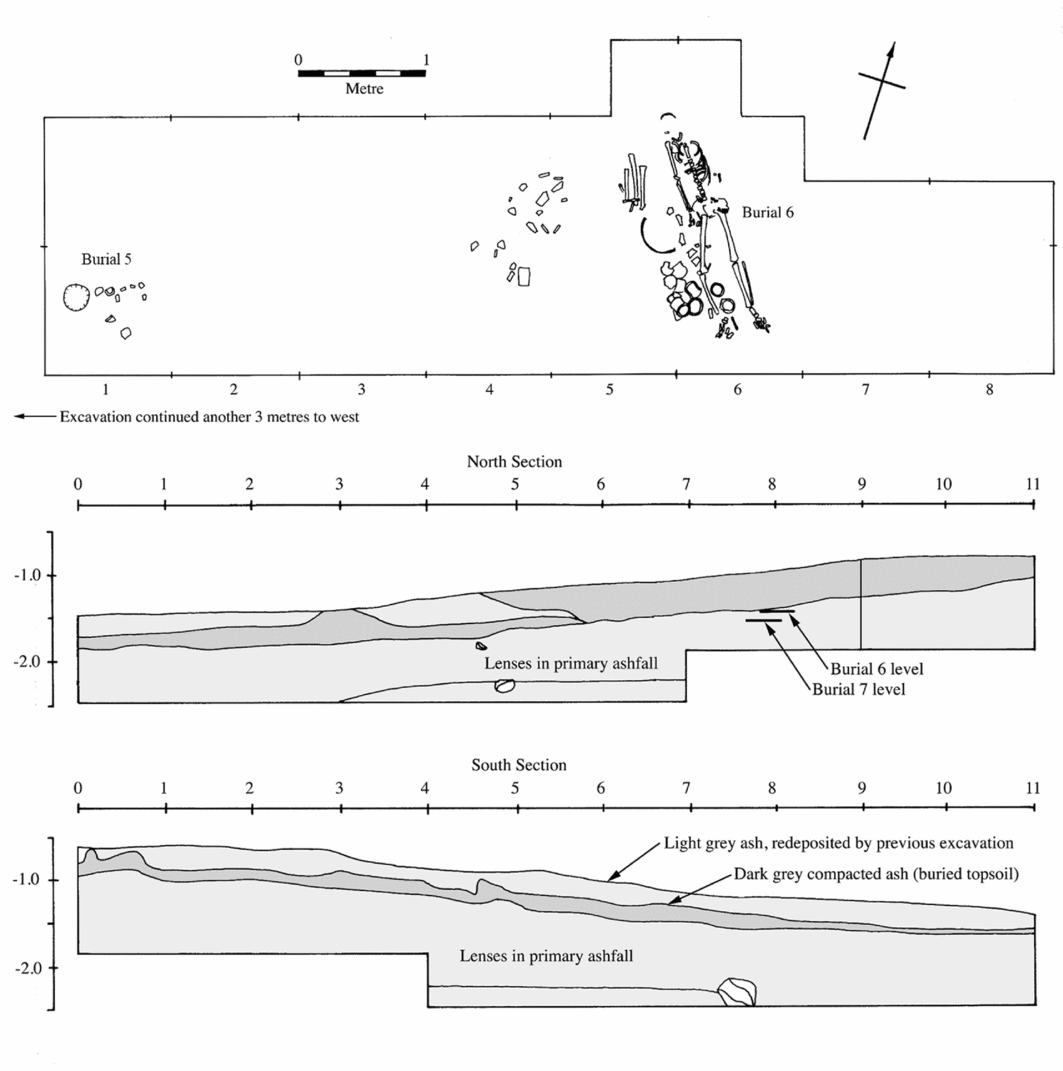
Figure 8. Plan and north and south sections of NYG3.
Ceramic techno-typology
The methodology applied to the Oakaie and Nyaung'gan ceramic assemblages from the 2014–2016 excavation and survey seasons relies on the concept of the chaîne opératoire and its application as a descriptive and analytical tool to every sherd recovered (Roux & Courty Reference Roux and Courty1998, Reference Roux, Courty, Bain, Chabot and Mousette2007; Roux Reference Roux2010, Reference Roux2016). Most of the pottery analysed, whether from funerary or settlement contexts, belongs to the same technical tradition: roughed-out using coils and discontinuous pressure, followed by shaping with paddle and anvil for medium and large closed forms. As such, we consider that there was social continuity in the population during the period in question, with the differences in the ceramic assemblage limited almost exclusively to morphometry and decoration. These differences allow us to identify two main phases (Figure 9). The youngest of these is the copper-/bronze-bearing level at OAI1, currently only represented with certainty by individual S15, the burials excavated at Nyaung'gan in 1998–1999 and 2016’s upper level burials S1 and S6. This phase is also represented by large paddled and impressed burial jars in the upper copper-/bronze-bearing layers at OAI2 and 3. The second phase, which sees a significant drop in the proportion of decorated wares, is represented in the 2016 season's burials S2, S3b, S4 and S7 at Nyaung'gan, and the non-copper-/bronze-bearing layers at the occupation/industrial sites OAI2–4. It is possible that OAI3’s layers 4–6 represent an even older phase. Likewise, pottery from OAI1 burials devoid of metal could potentially be differentiated on the criteria of carination and paddle-impressed decoration, but we currently lack chrono-stratigraphic resolution for this cemetery.
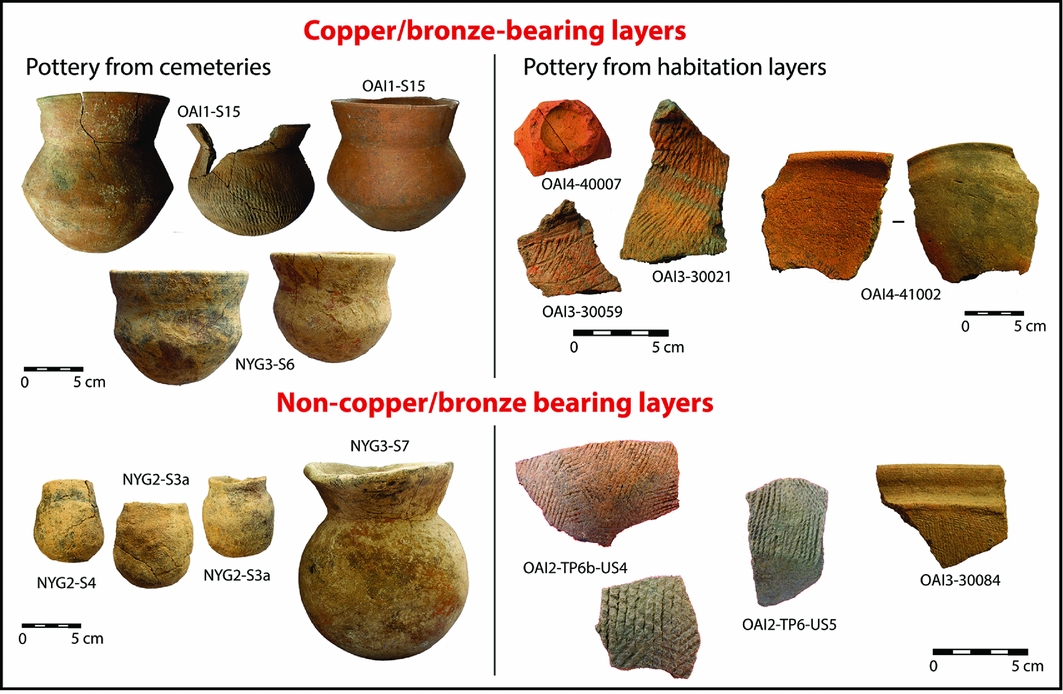
Figure 9. The ceramic techno-typology for the Oakaie-Nyaung'gan sites.
Chronology
The Franco-Myanmar team's 52 new radiocarbon determinations allow us to provide some absolute dating for what has been a critical chronological lacuna for over 20 years, not only for the Nyaung'gan area, but also for central Myanmar and the country as a whole (Pryce et al. Reference Pryce, Kyaw, Andia, Champion, Colonna, Favereau, Htwe, Peixoto, Pradier, Willis, Valentin and Zazzo2015). Radiocarbon (AMS) dating was performed at a number of laboratories in the UK, France, the USA and New Zealand, using their respective methodologies (Brock et al. Reference Brock, Higham, Ditchfield and Ramsey2010; Hoper et al. Reference Hoper, McDonald, Reimer, Reimer, Svyatko and Thompson2015; Dumoulin et al. Reference Dumoulin, Comby-Zerbino, Delqué-Količ, Moreau, Caffy, Hain, Perron, Thellier, Setti, Berthier and Beck2017). The combined dataset was calibrated using OxCal v4.24 (Tables S1–5, see online supplementary material (OSM); Bronk Ramsey Reference Bronk Ramsey2009; Reimer et al. Reference Reimer, Bard, Bayliss, Beck, Blackwell, Bronk Ramsey, Buck, Cheng, Edwards, Friedrich, Grootes, Guilderson, Haflidason, Hajdas, Hatté, Heaton, Hoffmann, Hogg, Hughen, Kaiser, Kromer, Manning, Niu, Reimer, Richards, Scott, Southon, Staff, Turney and van der Plicht2013). Our radiocarbon methodology is not without issues and we were obliged to experiment substantially. Despite archaeobotanical flotation of grave fills, stomach cavities and pot contents, we were unable to recover any charcoal from mortuary contexts. Following unsuccessful attempts to extract collagen from 13 OAI1 femur samples, five of these samples were re-submitted for bone apatite dating, including S15—the only grave containing a copper-base artefact. In 2015, teeth and ribs from OAI1 and OAI2 burials were sampled for apatite dating. These determinations, which were all successful apart from the tooth in OAI1/S29, indicated that the ribs were consistently more susceptible to post-depositional diagenesis and that the teeth gave more reliable dates. All of our apatite dates, however, risk being young—as is often the case (Zazzo Reference Zazzo2014)—and we use them cautiously.
Eight bivalve shells found in association with OAI1 burials were also dated. This approach was used with great success in Thailand using freshwater species (Higham & Higham Reference Higham and Higham2009). We have thus far been unable to identify the shell species, but some of the dates are suspiciously early (in particular OAI1/S26 & S45). This may be due to species-specific marine or freshwater reservoir effects. Until there is full identification of shell species, we are likewise inclined to discount these dates (Table S1, OSM). Flotation provided numerous charcoal samples from OAI2–4, and teeth samples were taken from the adult burial at OAI2, as well as at NYG1–3 (Tables S2–5, OSM). As per OAI1, the NYG enamel apatite dated later than was expected for burials assigned stratigraphically and from material-culture to the Neolithic (S2–5 & S7), and was indistinguishable indeed from those burials ascribed to the Bronze Age (S1 & S6), with all of them falling in the ninth to fifth centuries BC at two standard deviations. We note that the NYG1–3 matrices of friable volcanic ash would have allowed for easy passage of water, thereby increasing the risk of diagenesis. Due to these issues, we rely heavily upon the charcoal dates (notwithstanding the ‘old wood effect’) and use dates derived from other materials as relative guidance at present.
While the 14C determinations provide the numbers, it is their combination with the stratigraphic, bioarchaeological and particularly the ceramic data that provide the framework for our chronological reconstruction of the late prehistoric Nyaung'gan/Oakaie area. The excavation of OAI3 was especially critical, as our strategy was to achieve maximum depth, rather than the large open area exposure as at OAI2. The absence of metal in layer 3 and below at OAI3 implies that the majority of the deposit was potentially ‘Neolithic’, and only the upper 300–400mm were Bronze Age sensu stricto. Ceramic analysis also indicated a clear shift from proportionally less to more decoration in the OAI3 Neolithic to Bronze Age layer transition, a distinction also seen at OAI2 and OAI4.
But what of the cemeteries? OAI1’s sole metal-bearing burial, S15, cuts burial S18 and has a ceramic assemblage highly comparable to those from the 1998–1999 excavations at Nyaung'gan, as well as NYG3/S6. In particular, a large paddle-impressed jar found in OAI1/S15 is very similar to those used for underfloor infant burials in metal-bearing levels at OAI2 and OAI3, as well as one found during the excavation of OAI1/S9. This was probably invasive, as its placement destroyed the individual's lower limbs. We thus consider it reasonable to interpret OAI1/S15 as representing Early Bronze Age burial activity, despite its later first-millennium BC bone apatite direct date (Table S2, OSM). Intercutting, superpositioning and pottery assemblages at OAI1 strongly suggest that there is at least one, and possibly two, burial phases prior to that of S15. Not only do all these burials lack metal, but from extrapolation from OAI2–4 using pottery techno-typologies, it is probable that a large proportion are Neolithic.
At Nyaung'gan, the bronze-bearing burials excavated in 1998–1999 have comparable pottery assemblages to individuals NYG1/S1 and NYG3/S6 excavated in 2016. In NYG3, S6 superposes S7, which has a similar pottery assemblage to individuals S2, S3b and S4 (S3a and S5 were incomplete and disturbed burials, respectively), suggesting that these metal-less burials are also potentially Neolithic. The relation between these older burials and the lower-level burials at OAI1 is not yet clear. We recognise that our Neolithic burials at Nyaung'gan and Oakaie 1 all have direct 14C dates that are regionally unacceptably late, but given the complementary ceramic and stratigraphic evidence, we are inclined to attribute this discrepancy to elevated apatite diagenesis (Table S5, OSM). The Neolithic and Bronze Age phases evidenced at Nyaung'gan and Oakaie 1 were probably not widely separated in time.
Discussion and conclusion
To make sense of our local chronology we have leant upon the relatively secure charcoal dating from the settlement/industrial sites—which may suffer from the ‘old wood’ effect—and extrapolated them to the cemeteries, as described above, to support the teeth and bone apatite dates, which are probably artificially young. As such, a precise date for the debut of the Bronze Age in the Nyaung'gan area cannot yet be assigned. Figure 10, however, shows that a line plotted between charcoal dates attributed to copper-/bronze-bearing and copper-/bronze-devoid phases indicates a transition during the tenth to ninth centuries BC. For the copper-/bronze-devoid phase, the lack of incised and impressed (‘i&i’) pottery generally considered typical of the initial Mainland Southeast Asian Neolithic is notable (Rispoli Reference Rispoli2007; Chi & Hung Reference Chi and Hung2010). Concomitantly with the earliest 14C charcoal determinations in which we have confidence dating only to the thirteenth to twelfth centuries BC, it is clear that the investigated area is, at the oldest, Late/Terminal Neolithic. Thus, our entire local chronology can be constrained between the thirteenth to eighth centuries BC (or 600 years) at a maximum, and probably significantly less, in the order of 400–500 years. As there is no indication of Iron Age or historical-era activity in the area, the question remains as to why the Nyaung'gan/Oakaie sites were abandoned by the mid first millennium BC.
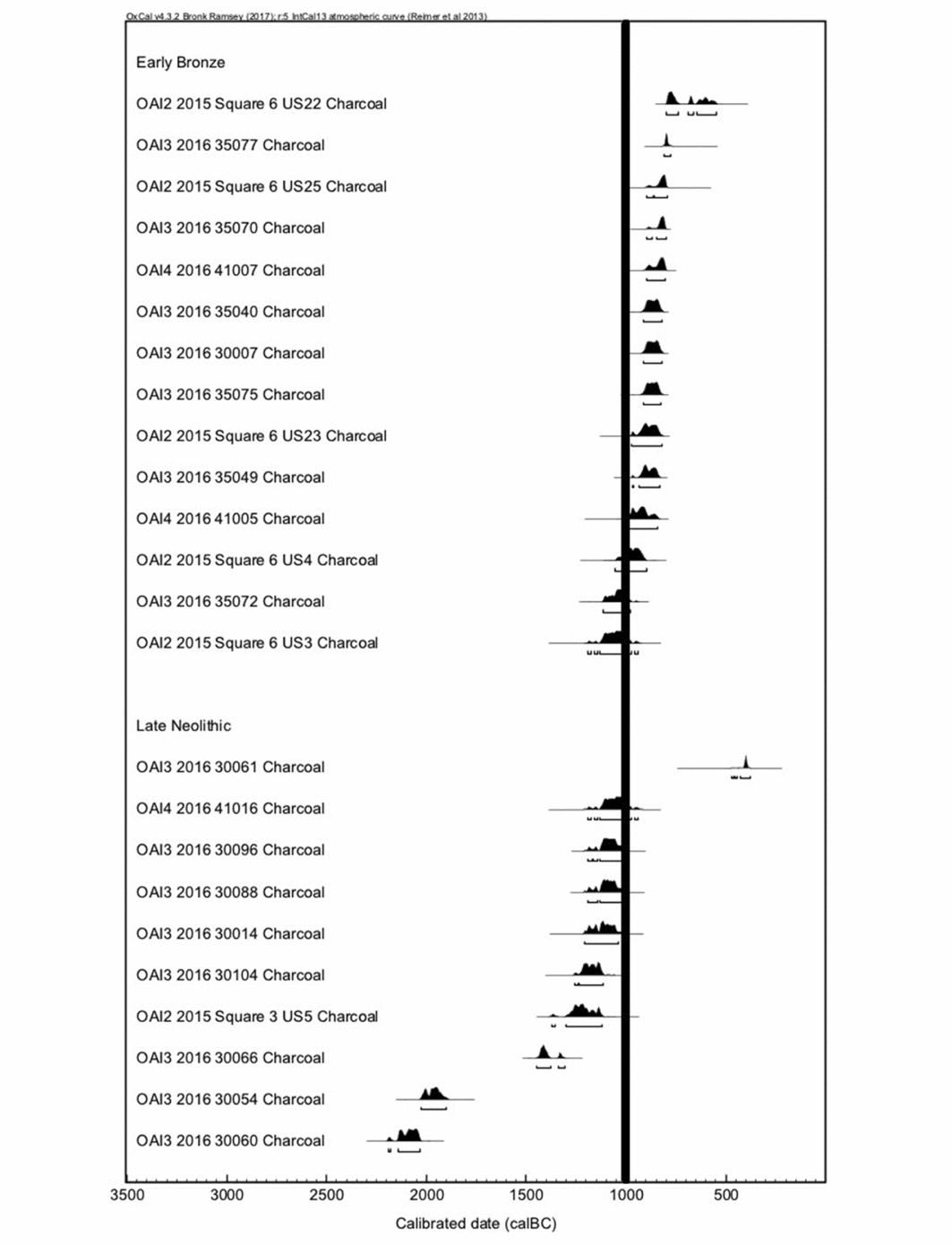
Figure 10. Charcoal radiocarbon determinations from OAI2–4 settlement industrial sites, metal-bearing vs metal-devoid layers clearly identified at OAI2 and OAI3, showing the c. 1000 BC Late Neolithic to Early Bronze Age transition. Determinations for OAI3 contexts 30054, 30060 and 30061 are considered suspect, but we present full data.
No other Bronze Age culture area in Myanmar has been dated radiometrically, hence comparisons at the national scale are not yet possible. Excavations at Halin, approximately 80km east of Nyaung'gan, and Ywa Gon Gyi, approximately 100km south of Mandalay (Pautreau et al. Reference Pautreau, Maitay and Kyaw2010; Hudson & Nyein Lwin Reference Hudson and Lwin2012), however, are claimed to have yielded examples of the ‘i&i’ pottery characteristic of early Mainland Southeast Asian immigrant farming populations, in association with a total of five radiocarbon dates. The three Halin dates fall in the early to mid third millennium BC, while the two from Ywa Gon Gyi fall in the mid to late third and early to mid second millennia BC respectively. We have not been able to examine the ceramic samples to check the ‘i&i’ claims, but note that four of the five dates offered (the exception being the youngest Ywa Gon Gyi date, on burnt animal bone) (Pautreau et al. Reference Pautreau, Maitay and Kyaw2010), are significantly older than those currently accepted for the debut of the Mainland Southeast Asian Neolithic, at c. 2000–1800 BC (Higham et al. Reference Higham, Xie and Lin2011a; Oxenham et al. Reference Oxenham, Matsumura and Dung2011).
The Nyaung'gan/Oakaie chronology presented above documents the transition to copper-base metallurgy rather than the introduction of the first agricultural practices, and it is appropriate to compare this with the few other reliably dated regional sequences. The sites in question—Ban Chiang, Ban Lum Khao, Ban Non Wat, Non Nok Tha, Non Pa Wai and Tha Kae—are all located in central and north-east Thailand (Figure 1) and have recently been subjected to a comprehensive radiocarbon dating or re-dating programme to establish an authoritative late prehistoric cultural sequence (Higham & Higham Reference Higham and Higham2009; Higham et al. Reference Higham, Higham, Ciarla, Douka, Kijngam and Rispoli2011b, Reference Higham, Higham and Douka2014, Reference Higham, Douka and Higham2015; Rispoli et al. Reference Rispoli, Ciarla and Pigott2013; Higham & Rispoli Reference Higham and Rispoli2014). The necessity for this effort derives from controversial claims made in the 1960s and 1970s concerning a fourth-millennium BC (Bronze Age) designation for contexts at the Ban Chiang and Non Nok Tha sites (e.g. Solheim Reference Solheim1968; Bayard Reference Bayard1972). While substantial chronological revisions have been subsequently proposed (e.g. White Reference White and Maddin1988, Reference White, Pautreau, Coupey, Zeitoun and Rambault2008), there remained until recently a division in opinion between those who advocated a ‘Long Chronology Model (LCM)’ with copper-base metallurgy appearing in the early second millennium BC, and those proposing a ‘Short Chronology Model (SCM)’, with a late second-millennium BC Bronze Age transition. The difference between these positions was not merely chronological but also concerned the mechanism of cultural transmission from or via present-day China. The LCM advocates metal-using migrants from north-west China, while the SCM proposes a ‘trade and exchange’ model with the Chinese Central Plains and the south-east (Pigott & Ciarla Reference Pigott, Ciarla, Niece, Hook and Craddock2007; White & Hamilton Reference White and Hamilton2009; Higham et al. Reference Higham, Higham, Ciarla, Douka, Kijngam and Rispoli2011b).
Higham et al.’s (Reference Higham, Douka and Higham2015) new dating programme has established that a thirteenth- to tenth-century BC Bronze Age transition occurred in central and north-eastern Thailand. These results are supported by technological and geochemical studies of contemporary metal production and consumption behaviours (Pryce et al. Reference Pryce, Pigott, Martinón-Torres and Rehren2010, Reference Pryce, Baron, Bellina, Bellwood, Chang, Chattopadhyay, Dizon, Glover, Hamilton, Higham, Kyaw, Laychour, Natapintu, Nguyen, Pautreau, Pernicka, Pigott, Pollard, Pottier, Reinecke, Sayavongkhamdy, Souksavatdy and White2014). At present, there are no reliable data for Laos, and the chronology for northern Vietnam remains unclear (Oxenham Reference Oxenham2015). But what of Myanmar's pivotal geographic position, with regard to the diachronic movement of people, materials and culture over its long terrestrial borders with South and East Asia?
There is, of course, no reason why Myanmar's late prehistoric chronology should exactly match that proposed by Higham et al. (Reference Higham, Douka and Higham2015) for Thailand. Indeed, our objectives at Nyaung'gan/Oakaie specifically included searching out variation in regional and inter-regional cultural transmission. We note that although a stimulus for the Bronze Age of Myanmar could have come from the second-millennium BC northern Indian Copper Hoard Culture (Coningham & Young Reference Coningham and Young2015), there is a dearth of evidence for making such an argument east of Bengal. Similarly, the late prehistoric chronology of the mountainous Yunnan province in China is relatively poorly understood compared to Guangxi and Guangdong (Ciarla Reference Ciarla2007), and thus a direct transmission from south-west China remains possible. It is remarkable, however, that the Neolithic to Bronze Age transition of the tenth to ninth centuries BC proposed for central Myanmar should be so consistent with the Thai evidence, which falls perhaps only 100–300 years older. It should also be noted that at Ban Non Wat, incised and impressed ceramics were absent from later Neolithic contexts (Higham & Higham Reference Higham and Higham2009), which seemingly mirrors the situation at Nyaung'gan/Oakaie. Furthermore, the archaeometallurgical evidence itself is highly suggestive of a strong connection with Myanmar's eastern neighbours, and thus the SCM. From the very outset of central Myanmar's Bronze Age, copper and bronze artefacts with lead isotope signatures consistent with copper production at Non Pa Wai in central Thailand and the Vilabouly Complex in central Laos were appearing in Nyaung'gan/Oakaie area deposits. This is in addition to as yet unidentified sources that do not correspond to the Monywa mineralisation (Pryce et al. Reference Pryce, Htwe, Georgakopoulou, Martin, Vega, Rehren, Win, Win, Petchey, Innanchai and Pradier2017). This implies that the exchange networks necessary for the transport of copper-base raw materials or finished products to central Myanmar over more than 1000 geodesic kilometres, and thus far longer following suitable river valleys, mountain passes or coastal routes, were active within several generations of the Thai Bronze Age transition, if indeed they were not already active for other materials or population movements.
Many of the specialist studies (e.g. archaeobotany, bioarchaeology (archaeothanatology, strontium isotopes, dietary stable isotopes, aDNA), lithic analysis and archaeozoology) for Nyaung'gan and Oakaie are ongoing, and thus more detail will be forthcoming. With what we argue to be the beginnings of a reliable chronology in place, we can nevertheless be reasonably certain that this area presents evidence of late second-/early first-millennium BC activity at a scale practically unknown in Southeast Asia, and a late prehistoric trajectory intimately intertwined with its eastern neighbours. The pressing need is to detect the transition to agriculture in central Myanmar. The Franco-Myanmar team is currently attempting this with excavations of suspected Early Neolithic through to historic Pyu deposits at the UNESCO-listed site of Halin (Figure 1). We thus hope to advance the national culture-historical sequence for late prehistory and to enrich regional syntheses.
Acknowledgements
We are extremely grateful to U Aung Ko, Minister for Religious Affairs and Culture, and his predecessor, U Aye Myint Kyuu, Minister of Culture, and to U Kyaw Oo Lwin, Director General of the Department of Archaeology in Naypyidaw, and their support staff for permitting us to work at these sites and for providing assistance. We also warmly thank M. Charles Bonhomme, former Cultural Attaché at the French Embassy in Yangon, M. Sebastian Bris, his deputy, and Daw Yi Mon, their administrator, for providing essential in-country support.
The ‘Mission Archéologique Française au Myanmar’ is financed primarily by the Archaeological Consultative Commission of the French Ministry for Europe and Foreign Affairs. The many institutions affiliated to the Mission via our extensive co-authorship have also contributed generously in-kind with analytical support. In particular, we are grateful to Christine Oberlin and the CNRS InSHS ARTEMIS committee for supporting our dating project, and to the LMC14 team for the AMS measurements. Finally, we thank the two reviewers for their helpful comments. Any remaining errors are our own.
Supplementary material
To view supplementary material for this article, please visit https://doi.org/10.15184/aqy.2018.66


